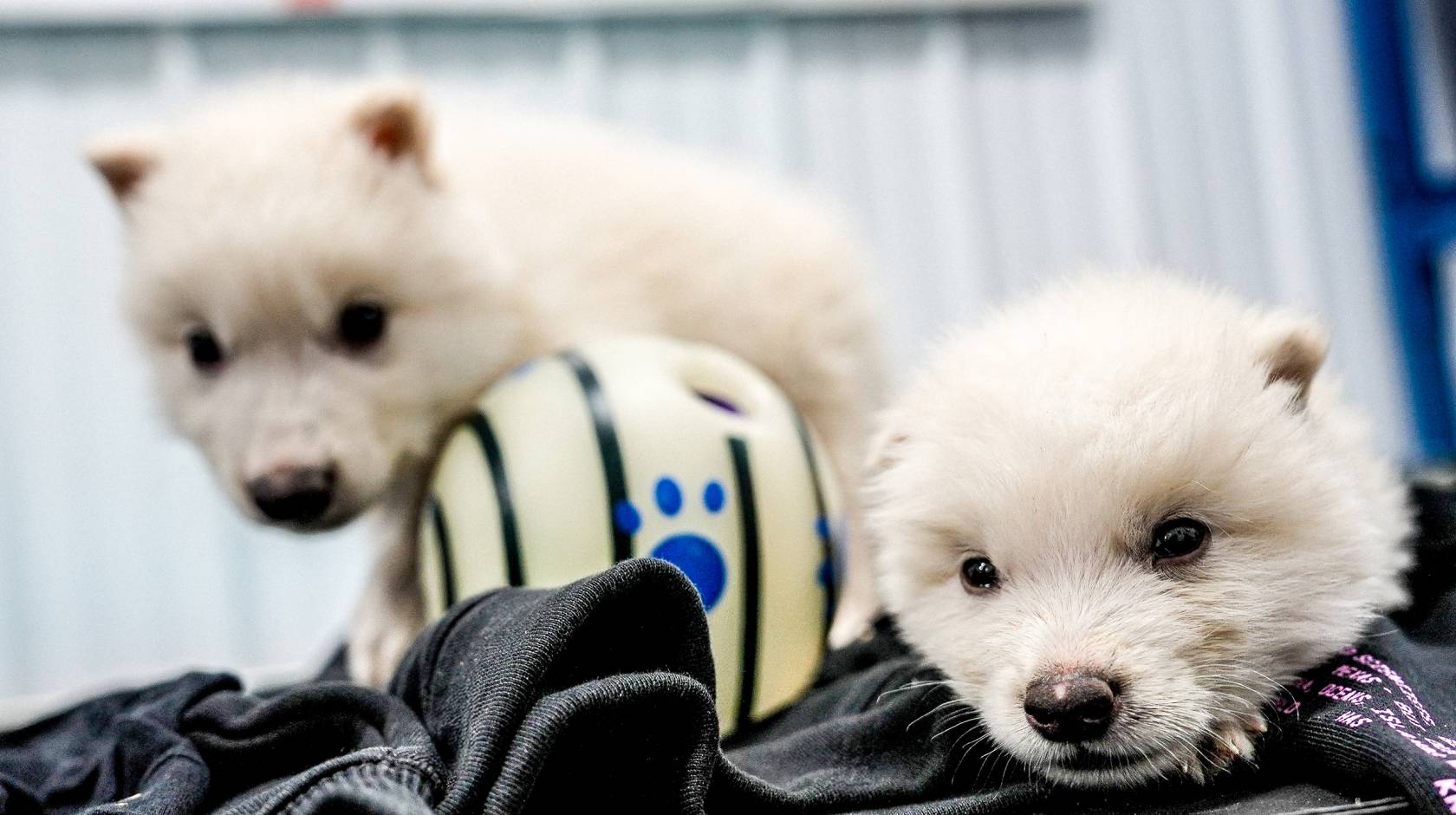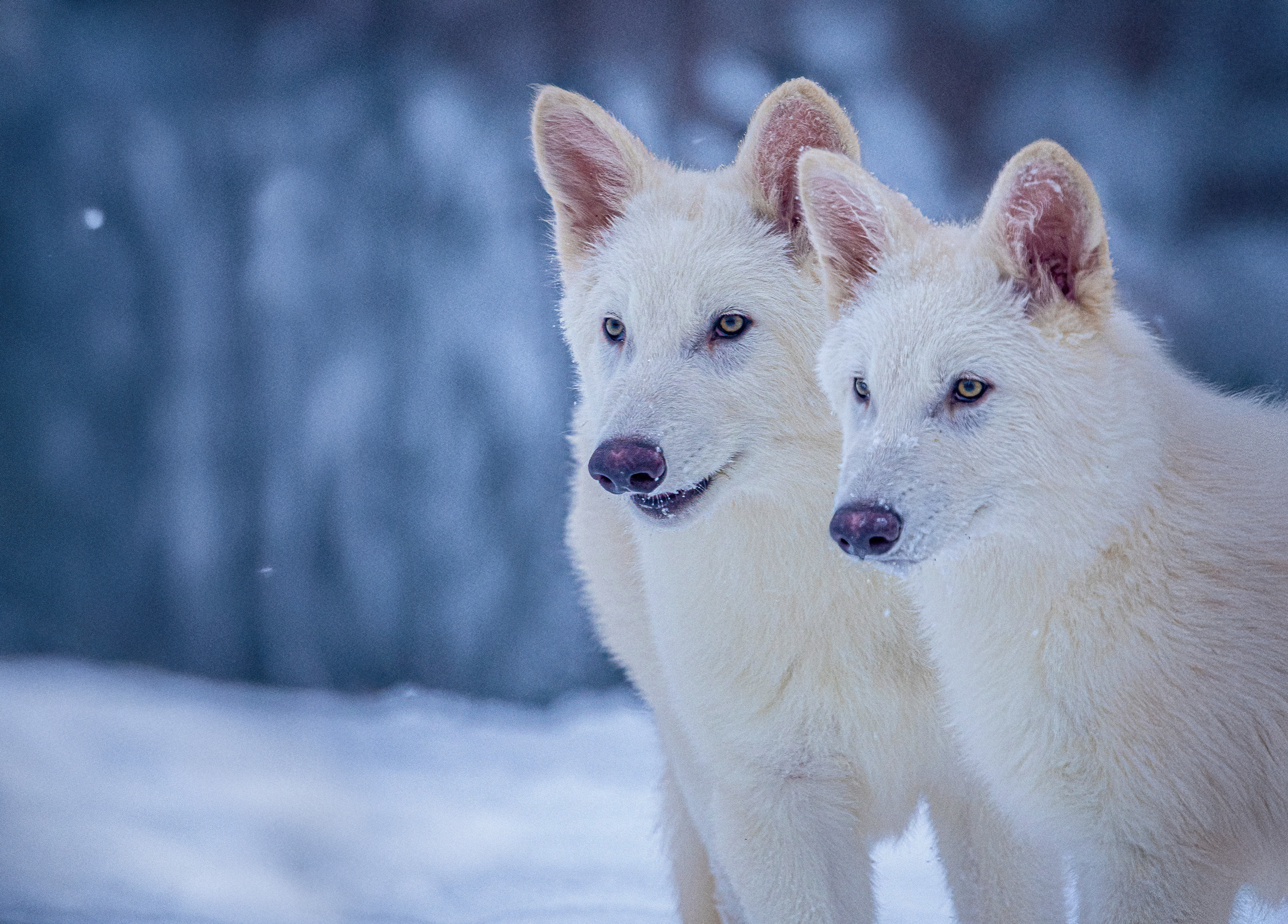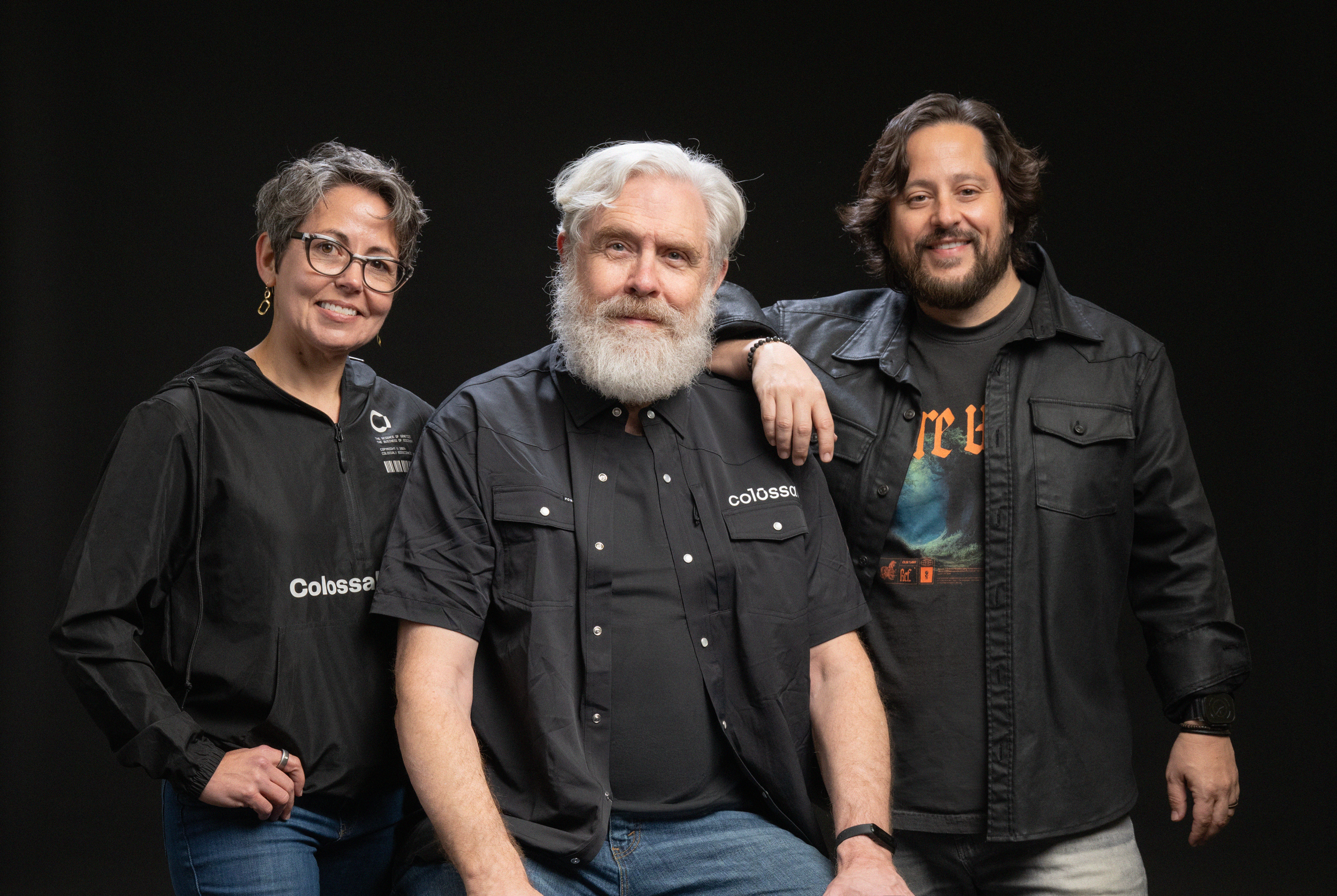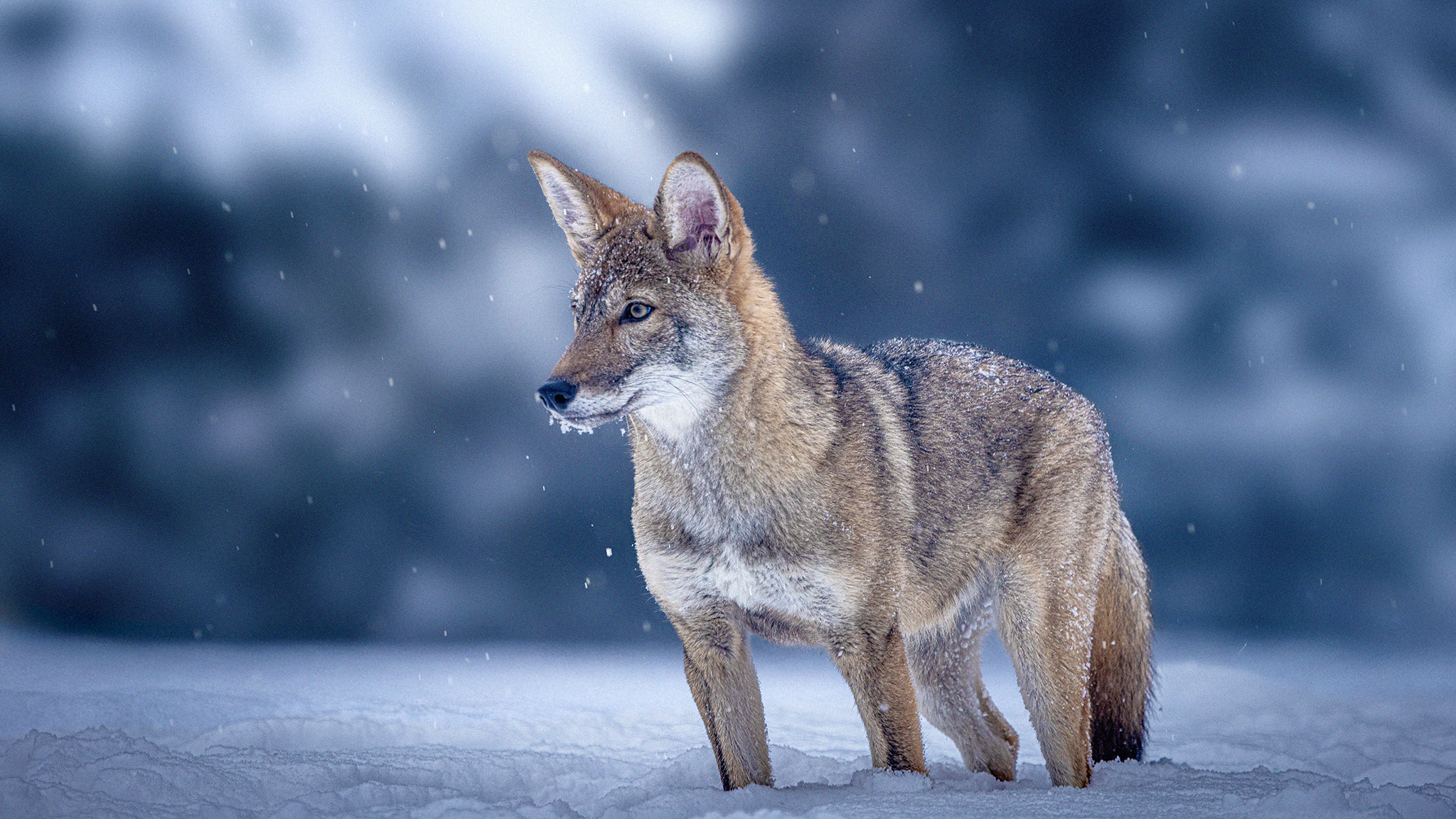UC Santa Cruz Genomics Institute

In what will likely be long remembered as a landmark achievement for conservation genomics, a team at Colossal Biosciences has announced that they have successfully brought the dire wolf, or at least a version of one, back from extinction.
Colossal’s team used ancient DNA from 10,000- year-old remains of the dire wolf to discover what made it distinct from living species and alter the genome of the common gray wolf to resemble that of its long-extinct cousin. The resulting pups are not exact replicas of their ancestors, but have many of their most distinctive traits.

Beth Shapiro, who literally wrote the book on de-extinction while she was a professor at UC Santa Cruz and is currently on leave from the university while she serves as Colossal’s Chief Science Officer, helped lead this milestone accomplishment. She and Colossal’s CEO, Ben Lamm, have argued that the technologies they are developing in the process of de-extinction will help rescue species from a global extinction crisis that threatens to wipe away 30-50 percent of the world’s species in the next 25 years.
“If we want a future that is both bionumerous and filled with people, we should be giving ourselves the opportunity to see what our big brains can do to reverse some of the bad things that we’ve done to the world already,” Beth Shapiro told TIME Magazine.

Supporters of this work hope that just as Colossal’s scientists have been able to genetically alter the gray wolf to be more like the dire wolf, we will be able to genetically alter endangered species whose genetic diversity has been lost due to rapid population declines, often caused by humans, to regain some of that genetic diversity and have a better chance of surviving a rapidly changing planet. This loss of genetic diversity is known as a “genetic bottleneck” and weakens the species in the same way inbreeding does.
To show the power of their current technologies for overcoming genetic bottlenecks, Colossal has also cloned four endangered red wolves using populations of wolves that do not have red wolf color or shape but have “ghost alleles” for these traits. These clones could help re-introduce genetic diversity to red wolf populations in the future.
Some scientists are skeptical of Colossal’s efforts and worry that there could be unintended consequences to genetic engineering. Colossal is sensitive to these concerns, and has stated that it will not be introducing the dire wolves and red wolf clones into the wild, but will be keeping them on a ranch where they can be closely observed.

Colossal has stated that while they do hope future generations of red wolf clones might be able to be reintroduced into the wild eventually to strengthen current populations, they are setting up a network of private land owners, local governments, indigenous people groups, and the public to reintroduce animals in a way that is safe and publicly accepted.
“What we are doing is having all of this collaboration in place well before we have these animals, and this is absolutely critical to making this work successful,” said Shapiro.
Read more in TIME Magazine or watch Colossal explaining their work below:

